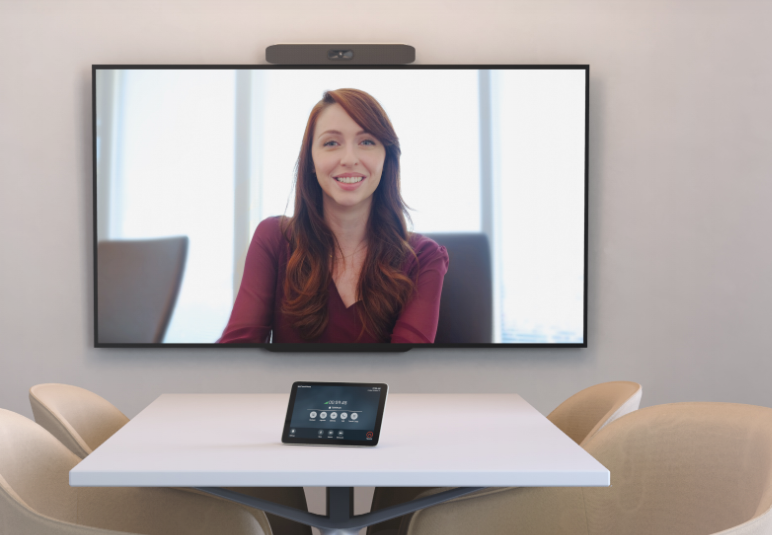When Camera Resolution Matters
-
Professional Appearance
-
If you’re regularly in high-stakes meetings, job interviews, webinars, or client-facing calls, a 1080p or 4K camera can present a clearer, more polished image.
-
-
Group Settings
-
In conference rooms where the camera needs to capture multiple people, higher resolution helps maintain clarity even when zooming in or cropping.
-
-
Content Sharing
-
If you’re demonstrating physical products or using a whiteboard in view, higher pixel count ensures finer details are visible.
-
When Resolution Doesn’t Matter Much
-
Bandwidth Constraints
-
Most video conferencing platforms (Zoom, Teams, etc.) compress video, and often downscale even a 4K feed to 720p or 1080p depending on your internet speed.
-
-
Small Screens
-
On smartphones or small laptop screens, the difference between 720p and 1080p is barely noticeable.
-
-
Lighting and Optics Matter More
-
A good sensor, lens, and lighting setup can make a 720p camera look better than a poorly lit 4K one.
-
What Really Matters Beyond Pixels
-
Low-light performance
-
Autofocus & framing
-
Field of view (FOV)
-
Microphone quality (if built-in)
-
Platform compatibility
-
AI features (like auto framing or noise suppression)
Conclusion
While resolution plays a role in overall video quality, it’s just one piece of the puzzle. For most users, a 1080p camera with good optics, lighting, and smart features will outperform a basic 4K camera in real-world usage. If you’re investing for a professional setup or group environment, higher resolution can be a valuable part of the package—but not the only factor to consider.

